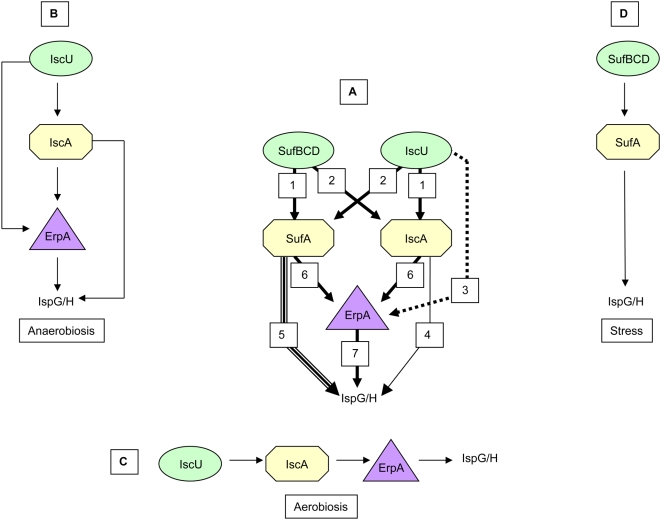Figure 3. Model for Fe/S trafficking leading to IspG/H maturation in E. coli.
Diagram depicted in panel (A) shows all possible Fe/S paths deduced from the present study and from the current literature. Path 1 was deduced from the observation that sufA acts as a multicopy suppressor of the iscUA erpA strain in a sufB-dependent manner and from in vitro studies ([48] and Fontecave's group personal communication). Path 2 was deduced from the viabilities of the iscA sufB, iscA sufCD and iscU sufA mutants. Path 3 was deduced from the observations that (i) erpA acts as a multicopy suppressor of the iscA sufA mutant in an iscU-dependent manner; (ii) the sufA iscA mutant is viable under anaerobiosis only in the presence of functional copies of iscU and erpA. Path 4 was deduced from the anaerobic-dependent growth of the Δsuf erpA mutant. Path 5 was deduced from the observation that sufA acts as a multicopy suppressor of iscUA erpA. Path 6 was deduced from the identity between the phenotypes of the iscA sufA and erpA mutants and phylogenomic analysis; other interpretations are that: (i) ErpA acts between the IscU/SufBCD and the IscA/SufA components; (ii) IscA, SufA and ErpA interact to build a heteromeric complex. Path 7 was deduced from the observation that multicopy erpA suppresses the iscA sufA conditional lethal phenotype. Diagrams depicted in panels (B), (C), (D) represent models for IspG/H maturation under different growth conditions as indicated under each panel. The situations depicted make use of a minimum number of Fe/S biogenesis components and are meant for describing a cell expressing the Fe/S biogenesis genes involved at their physiological level.

